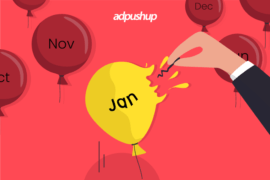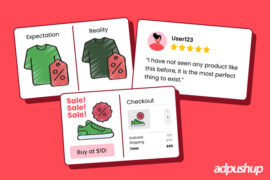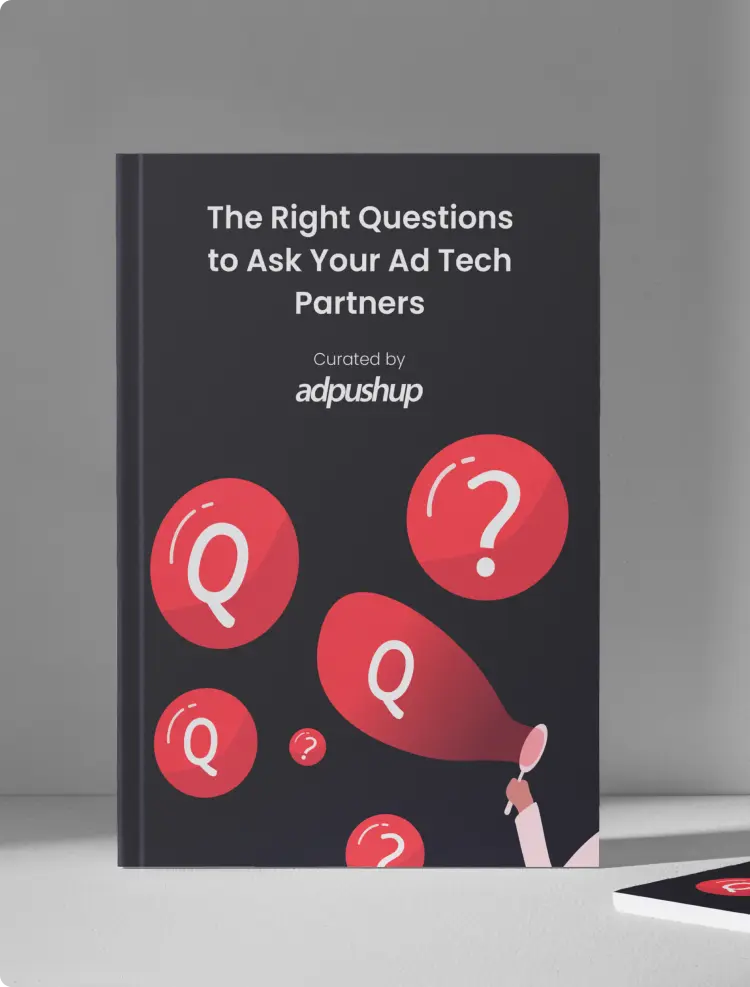
Half of the year has gone by; Publishers might have expected several major developments in ad monetization in 2022. But they may have also faced a drop in ad revenue and the following issues:
- You won’t be receiving as many active bids for your ad impressions.
- A sudden decrease in CPMs rate.
- Ad personalization expectations expanded, which led to a decrease in ad fill rate.
So, why does it happen every year? The answer is simple; it’s because the people won’t be spending as much in the second and third quarters as these are the ones with the least holidays. Fewer people are doing online shopping, due to which, website owners experience a decrease in web traffic. And it will also lead to a drop in ad requests and drag your ad revenue down.
However, during the fourth quarter, because of Thanksgiving, Halloween, Christmas, Black Friday, New Year, etc., most people are browsing the internet with high purchasing intent, so the CPMs rise.
As COVID-19 continues to hurt the global economy day after day, publishers continue to feel overcoming some obstacles, but they will eventually lead to falling ad revenues.
Also Read: Increasing Ad Revenue through User Experience Optimization
3 Considerations for Publishers to Improve the Falling Ad Revenue
Work on your Floor Pricing Policy
Make your floor pricing rules as simple as possible. It is possible to set up floor pricing in different ways: set pricing based on the previous year’s eCPM rate, and use targeted CPM rate to set up the floor pricing and capture more bids.
You must also check for the remnant inventory and lower your price floors accordingly. The thing you consider when setting up your floor rate is to avoid selling inventory to third-party ad networks with no floor pricing.
Don’t use backfilling if your inventory does not sell enough, always consider lowering your floors.
Choose Different Ad Sizes & Formats
One of the easiest ways to increase ad revenue is experimenting with ad sizes and formats. It can play a significant role in getting a lot of impressions. Analyze and identify the top-performing banner ad sizes and ad formats. Then, make sure you also perform a competitor analysis to see the size and layout of ads they use. If you find them suitable, you should try switching to them.
Also Read: Top Performing Banner Ad Sizes in 2022 [Best Practices Included]
There are a few ad sizes that lead to higher revenues. For example, to get more ad impressions, you can use the following ad formats:
- 336 x 280, 300 x 325 wider ad sizes are good for visibility on a website.
- 728 x 90 leaderboard allows readers to read the ad with ease.
- 300 x 600 half-page ads positively impact the impressions.
- 320 x 50 leaderboard ads are the best for ads on mobile.
- 320×100 and 300 x 250 are also good for mobile ads.
Changing the ad layout on landing pages would be enough to help you with falling ad revenues. Get them optimized and see the higher revenue. Setting up a video ad unit is also an excellent way to optimize the falling ad impressions as videos are considered the driver of higher engagement and brand awareness. Further, enabling the option of ad refresh on your site helps double the ad impressions and hence, the RPM.
Read More: How to Run Video Ads in Google Ad Manager (GAM)
Use Header Bidding To Optimize Ad Revenue
The header bidding is an effective way to increase your ad revenue. It uses programmatic advertising and allows publishers to sell their ad space on different platforms, ad networks and exchanges. Here’s how header bidding works:
Header bidding is also helpful for publishers to increase the value of falling ad impressions. It allows publishers to make their ad inventory available for multiple advertisers so they can bid on the same ad inventory. It led to a higher CPM and increased ad revenue.
Similarly, website SEO is essential to increase your website and ad visibility in search engines. The more visible your website is, the more traffic you will get on your ads.
The best ways to improve your website SEO is by producing keyword-optimized high-quality content, building backlinks, and improving your website loading speed. It will also help you increase traffic and ad impressions.
In Closing
If your ad revenue is not performing as expected, you can talk to our experts about the issue can find a resolution to give you the most out of the ads on your websites. AdPushup, through the use of cutting-edge programmatic advertising technology, can help boost your ad revenue and grow your audience!
So if you are facing the issue of the ad revenue slump, you don’t have to worry too much. Just follow this article to optimize your ad revenue as easily as possible.
FAQ
To manage and optimize falling ad revenue, you need to take care of your website visitors and create a smooth user experience, this will help you to grow ad revenue.
Publishers earn revenue when visitors engage with their ads by generating impressions, engagements, or clicks. A publisher might get 10-20 cents per click if their ad generates 200-500 clicks each day.
Focus on your ad fill rate
Check your ad formats and sizes
Use header bidding
Implement ad refresh & video ads

Shubham is a digital marketer with rich experience working in the advertisement technology industry. He has vast experience in the programmatic industry, driving business strategy and scaling functions including but not limited to growth and marketing, Operations, process optimization, and Sales.












